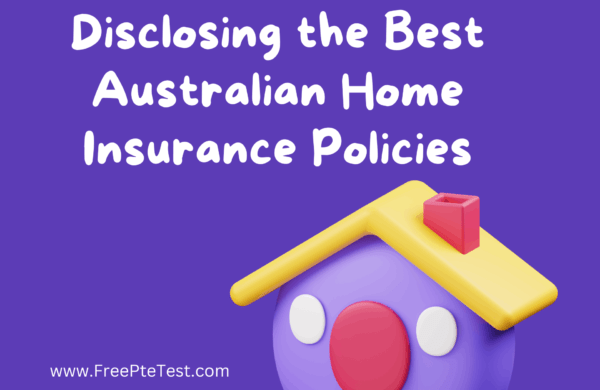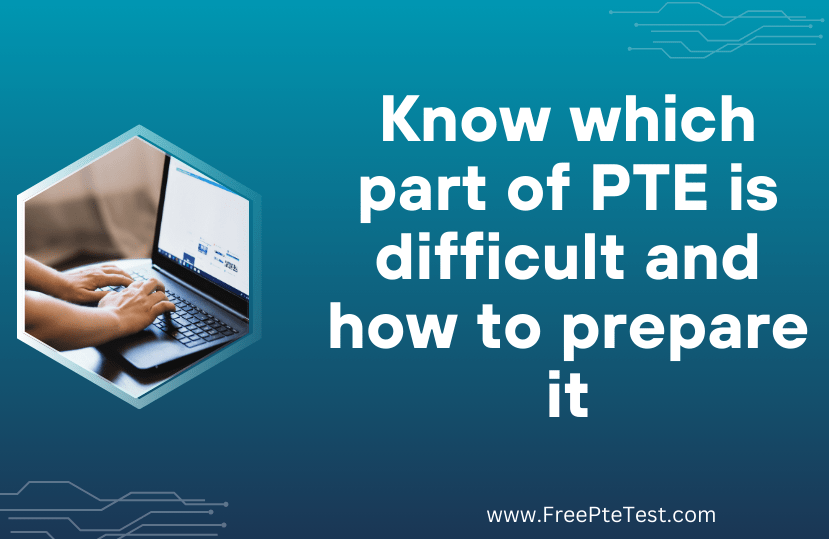Owning a home is a dream for many Australians, so it becomes important to explore Best Australian Home Insurance Policies and protecting that dream is paramount. With the unpredictable nature of life, unforeseen events like natural disasters, burglaries, or accidents can disrupt the tranquility of home life.
In Australia, the market is flooded with various home insurance providers, each claiming to offer the best coverage.
In this comprehensive guide, we will delve into the intricacies of Australian home insurance, unraveling the top providers and their policies to help you make an informed decision on safeguarding your haven.
Understanding Home Insurance:
Home insurance, also known as homeowners insurance, is a type of property insurance that covers losses and damages to an individual’s residence, along with furnishings and other assets within the home.
In Australia, home insurance typically includes coverage for structural damage, contents, liability, and additional living expenses in case your home becomes uninhabitable.
Top Home Insurance Providers in Australia:
- Allianz Home Insurance: Allianz is a global insurance giant with a solid reputation in Australia. Their home insurance policies offer comprehensive coverage for both building and contents. With flexible options, policyholders can tailor their coverage to suit their specific needs. Allianz is known for its quick and efficient claims processing, providing a sense of security for homeowners.
- NRMA Home Insurance: NRMA Insurance, a part of the Insurance Australia Group (IAG), is a well-established name in the Australian insurance market. NRMA’s home insurance policies come with a range of benefits, including new for old replacement on contents, flexible excess options, and a 21-day cooling-off period. The company’s commitment to customer service has earned it a place among the top choices for Australian homeowners.
- Suncorp Home Insurance: Suncorp offers a range of home insurance options designed to cater to different needs. Their policies cover events such as fire, storm, flood, and theft. Suncorp also provides discounts for combining home and contents insurance, making it a cost-effective choice for those looking to bundle their coverage.
- Youi Home Insurance: Youi has gained popularity for its personalized approach to insurance. They take the time to understand the unique needs of each customer, offering tailor-made policies. With features like roadside assistance and a dedicated claims advisor, Youi stands out for its commitment to customer satisfaction.
Key Features to Consider:
When choosing the best Australian home insurance, it’s crucial to consider specific features that align with your needs.
- Coverage Options: A good home insurance policy should provide comprehensive coverage for both building and contents. It’s essential to understand what is covered and any optional extras available.
- Claims Process: A smooth and efficient claims process is vital during the stressful times of a loss. Look for insurance providers with a reputation for quick and hassle-free claims processing.
- Customer Service: Outstanding customer service can make a significant difference when navigating the complexities of insurance. Read customer reviews and testimonials to gauge the level of service provided by different insurers.
- Policy Flexibility: Opt for an insurance provider that offers flexibility in policy options. The ability to customize your coverage ensures that you are only paying for what you need.
- Discounts and Bundling: Many insurers offer discounts for bundling home and contents insurance or for having multiple policies with the same provider.
- Excess Options: Excess is the amount you agree to contribute towards a claim. Consider the excess options offered by insurers and choose one that aligns with your budget and risk tolerance.
- Reviews and Ratings: Research independent reviews and ratings of different insurance providers. Platforms like ProductReview and Canstar provide insights into customer experiences and the overall performance of insurers.
Conclusion:
Choosing the best Australian home insurance is a crucial decision that requires careful consideration. A complete life insurance guide in Australia is also available to know the detailed information. By assessing the coverage options, claims process, customer service, and additional features offered by different insurers, you can make an informed choice that safeguards your haven against life’s uncertainties.
Remember, the best insurance policy is one that provides peace of mind and protection tailored to your unique needs.
FAQs on Best Australian Home Insurance Policies:
Q1: Why is home insurance important in Australia?
Home insurance is crucial in Australia due to the unpredictable nature of events like natural disasters, theft, and accidents. It provides financial protection against the loss or damage of your home and its contents, ensuring that homeowners can rebuild and replace belongings without facing significant financial strain.
Q2: What does Australian home insurance typically cover?
Australian home insurance usually covers structural damage to the building, contents within the home, liability for injuries or damages to others on your property, and additional living expenses if your home becomes uninhabitable. Specific coverage can vary between insurance providers, and optional extras may be available for more tailored protection.
Q3: How can I determine the right level of coverage for my home?
Assess the value of your property, including the cost of rebuilding or repairing the structure and replacing your belongings. Consider potential risks in your area, such as flood or bushfire, and choose coverage that adequately protects against those risks. It’s also essential to review your policy regularly and update coverage as needed.
Q4: What factors should I consider when choosing an insurance provider?
Look for insurance providers with comprehensive coverage options, a reputation for efficient claims processing, excellent customer service, and policy flexibility. Consider any discounts or bundling options available, and read reviews from other customers to gauge overall satisfaction with the insurer.
Q5: Can I save money on home insurance by bundling policies?
Yes, many insurance providers offer discounts for bundling home and contents insurance or having multiple policies with the same company. Bundling can result in cost savings and simplifies the management of your insurance coverage.
Q6: How does the claims process work, and what should I expect?
Provide all necessary documentation, such as photos of the damage or a police report in the case of theft. A claims adjuster will assess the situation, and once approved, the insurer will provide compensation or arrange for repairs.
Q7: Are there any additional benefits or features offered by home insurance providers?
Many insurers offer additional features such as new-for-old replacement on contents, flexible excess options, and discounts for loyalty. Some may also provide extras like roadside assistance or a dedicated claims advisor. Reviewing these additional features can help you choose an insurer that aligns with your specific needs.
Q8: Can I customize my home insurance policy?
Yes, many insurance providers allow policyholders to customize their coverage to suit their needs. You can often choose optional extras or adjust coverage levels for building and contents to create a policy that meets your unique requirements.
Q9: How can I assess the financial stability of an insurance provider?
Research independent reviews, ratings, and financial stability reports of insurance providers. Organizations such as Canstar and independent consumer review platforms can provide insights into the financial strength and performance of different insurers.
Q10: How often should I review and update my home insurance policy?
This ensures that your coverage remains adequate and up-to-date with any adjustments needed to reflect changes in property value or potential risks.



